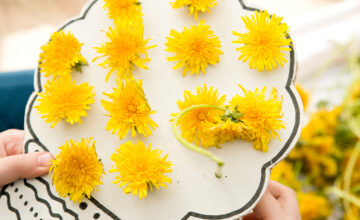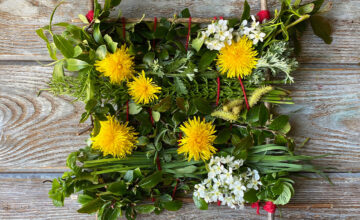Valentine’s Day is the perfect occasion to spread some love and joy among our little ones. What better way to do this than with a Valentine’s Day-themed scavenger hunt? It’s a fantastic way to engage kids, toddlers, and preschoolers in an exciting activity that combines fun, learning, and the spirit of love. This scavenger hunt is specially designed to be simple enough for younger kids to enjoy while still being captivating for the older ones. With clues that are easy to read and follow, your little detectives will be thrilled to embark on this festive adventure.
To get started, all you need are the scavenger hunt cards. Just download and cut them out – each one has a lovely Valentine’s Day theme and a clue to the next location. Hide the cards in the suggested spots around your house. Each clue leads to a location where the next card is hidden, making a delightful trail of discovery. For example, the first card might be tucked away in the dishwasher, leading them on a search for the next clue in a shoe rack, and so on. The hunt is designed to keep them engaged and moving, turning the entire house into a playful Valentine’s Day exploration zone. Let’s dive into how you can set up this heartwarming scavenger hunt and create an unforgettable Valentine’s Day for the kids!

Setting up a Valentine’s Day scavenger hunt for your little ones is a delightful way to celebrate the day of love. Here’s a step-by-step guide to help you create an exciting adventure right in your home:
Step-by-Step Instructions for Valentine’s Day Scavenger Hunt
Materials Needed
- Printed and cut-out scavenger hunt cards (one for each clue)
- Tape or small objects to secure the cards in place


Preparation
- Print and Prepare Cards: First, download the scavenger hunt cards from our website. Print them out and cut along the borders. Each card contains a clue leading to the next one.
- Familiarize Yourself with the Clues: Before hiding them, read through all the clues and understand their corresponding hiding locations. This ensures you place them correctly and in an order that makes sense.
Setting Up the Hunt
- Follow the Order of the Clues: Proceed to hide each card starting with the second card at the location described by the previous clue:
- Second Card: Hide this card near or inside the dishwasher.
- Third Card: Place this card where the children’s shoes are kept, like a shoe rack or shoe area.
- Fourth Card: Hide this clue in the dining area, maybe under a chair or on the dining table.
- Fifth Clue Card: Place this card in the laundry room, near the washing machine or laundry basket.
- Sixth Card: Hide this clue in the living room, close to the TV or in a common viewing area.
- Seventh Card: Stick this clue on a mirror, possibly in a bathroom or a bedroom.
- Eighth Card: Place this clue inside the refrigerator or pantry where food is stored.
- Ninth Card: Hide this card in the cupboard where Tupperware or kitchen utensils are kept.
- Tenth Card: Place this clue in a flowerpot or near houseplants.
- Eleventh Card: Near where toy cars are kept.
- Twelfth Card: Place this clue in a bedroom, either on a bed or near it.
- Thirteenth Card: Hide this clue near the toaster or in a bread box in the kitchen.
- Fourteenth Card: Place this clue on a bookshelf or near a pile of books.
- Start with the First Clue: Hand the first card (Dishwasher clue) to your child.
- Ensure Safety and Accessibility: Make sure all the hiding spots are safe and accessible for the age group participating. For toddlers and younger kids, keep the cards within easy reach.
- Last Location: The final location should have a special Valentine’s Day surprise or treat, making the end of the scavenger hunt extra special. This could be a small gift, a sweet treat, or a loving note. It can be hidden in a common family area, like the living room or family room, possibly near a family photo or a board game.
During the Hunt
- Kick-Off: Start the scavenger hunt by handing your child the first clue.
- Supervise and Assist: Depending on their age, the children may need some guidance. Offer help if they are struggling, but allow them to explore and discover on their own as much as possible.
- Capture the Moments: Don’t forget to take pictures or videos! These precious moments are wonderful to look back on.
- Celebrate the End: Once they find the final clue, celebrate their success! Applaud their detective skills and share in the joy of their discovery.
Additional Tips
- For an added touch, decorate some of the clue locations with Valentine’s Day themed items like heart-shaped balloons or streamers.
- If you have multiple kids participating, encourage them to work as a team. This promotes teamwork and shared enjoyment.
- Tailor the difficulty level of finding the clues to the age group of the children. The younger they are, the more obvious the hiding spots should be.
Prepare for giggles, excitement, and a whole lot of love as your kids discover each clue. This scavenger hunt is not just about finding the cards – it’s about creating joyful memories and celebrating the warmth of Valentine’s Day in a playful and interactive way. Let the hunt begin!
Age Suitability
This activity is good for toddlers aged children 2 years old and up with adult assistance.
Mess Level
The mess level for this activity is low.
Difficulty to Create
Easy.
Toddler and Preschooler Curriculums, Books & TV Show!
Play2Learn Toddler & Preschool Programs for Curious Toddlers
There is no limit to your toddler’s energy and curiosity. That energy and curiosity although a joy can be challenging at times. Their interest in just about everything around them is what makes them great learners. One and two year olds can soak up so much just from their senses!
But as a teacher or parent that thirst for learning can be exhausting. That is why I created this toddler and preschooler program. To help you get the most out of this time with your curious toddler without having to come up with creative ways to play and interact with them.
Play2Learn for Toddlers includes 20 Units for toddlers. Each 2-week toddler unit has 20 super easy to set up and engaging activities for toddlers 18 months to 3 years.
Play2Learn Preschool which includes 20 Units for preschoolers. Each 2-week preschoolers unit has 20 unique and easy to set up and engaging activities for preschoolers 3 years to 5 years. That’s over 800 learning activities for your toddler and preschooler at your fingertips! So many ideas you and your child will never be bored again!
These toddler and preschool lesson plans and activities will definitely keep you and your toddler and preschooler busy playing and learning!
Click here for more information: Play2Learn
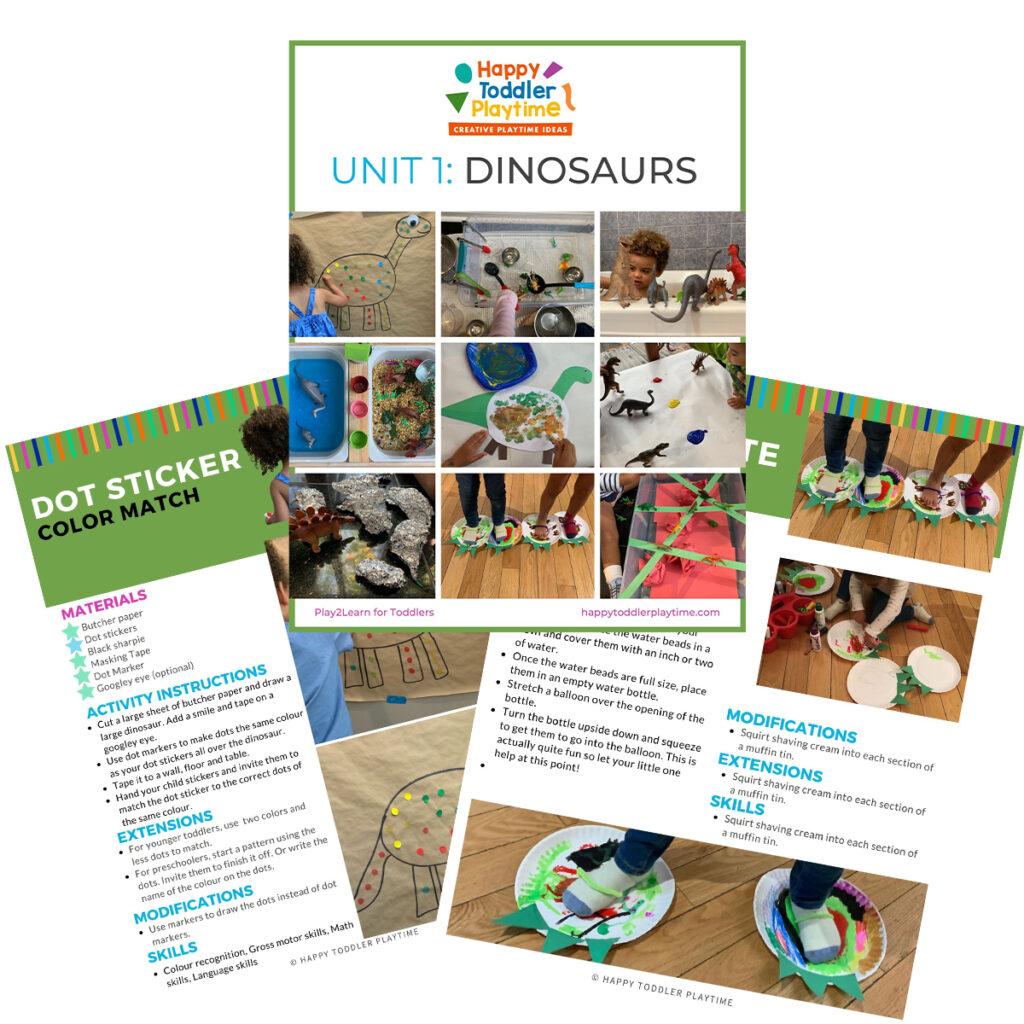
Designed for toddlers 18 months and up.
Book: Exciting Sensory Bins for Curious Kids
Did you know I wrote a book of sensory bins? Click here for more information Exciting Sensory Bin for Curious Kids. Or grab your copy at Amazon.
Boring afternoons are made exciting with awesome animal-based bins, like Salty Shark Bay or Yarn Farm. Pretend play bins like Birthday Cake Sensory Play or Bubble Tea Party encourage creativity and imagination. And your kids will have so much fun they won’t even know they’re getting smarter with STEAM (science, technology, engineering, art and math) activities like Sink or Float Soup, Magnetic Letter Hunt or Ice Cream Scoop and Count.
Designed for toddlers 18 months and up.
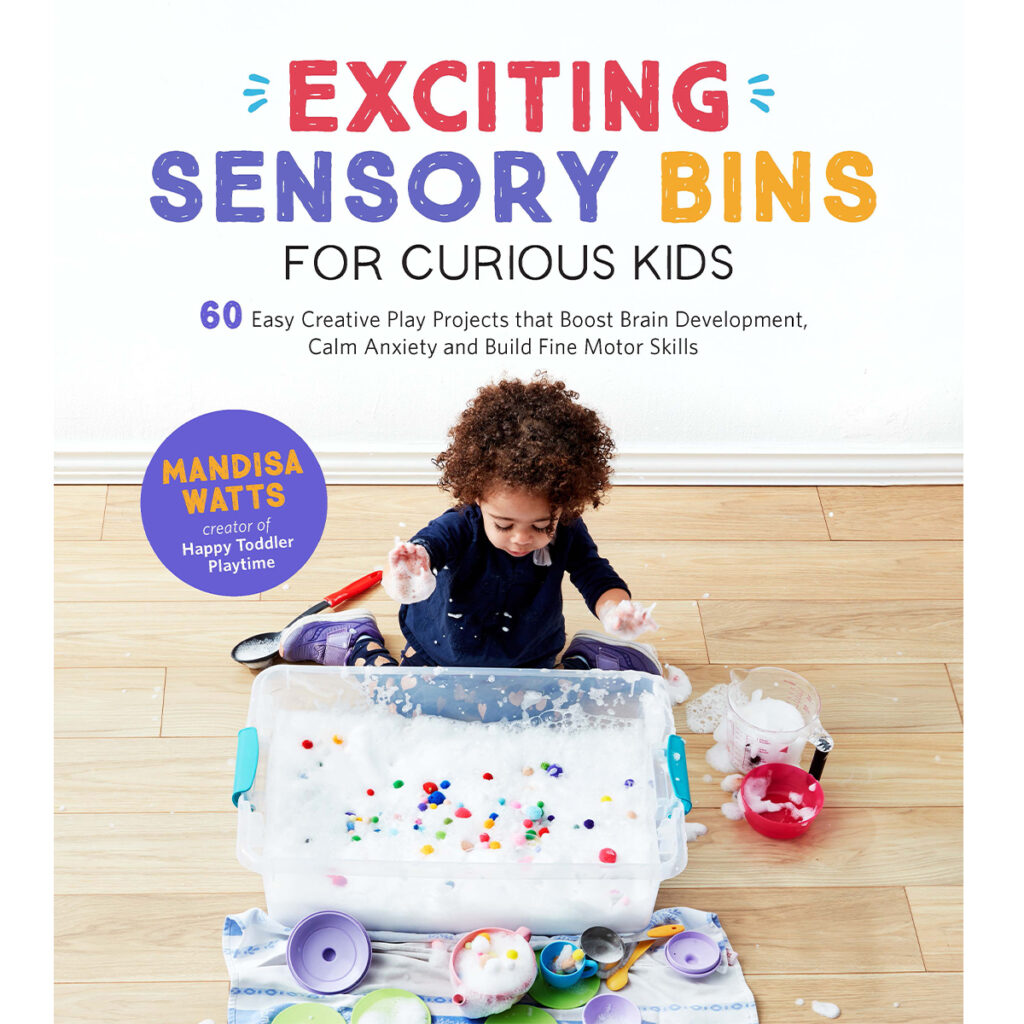
Book: Super STEAM Activity Book for Kids
Learning all about science, technology, engineering, art, and math sets kids up for scholastic success―and it can be so much fun! Watch kids enjoy building STEAM skills as they color friendly fish, help water find its way to tree roots, solve math problems with mazes, and more.
Find out more and grab your copy here.
Designed for preschoolers 3 years old and up.

Book: Big Book of Riddles for Kids
Riddle me this: What’s an exciting way to practice critical thinking while having a blast? The Big Riddle Book for Kids, of course! From hilarious puns to tough brain teasers, kids can build problem-solving skills with hundreds of riddles tha. t show them how to think outside the box.
- 350 riddles for kids—Have hours of fun with riddles, puns and jokes, and math and logic puzzles that’ll get their wheels turning!
- Level up their skills—Riddles get trickier as kids progress through the book, challenging them as they get better at solving puzzles!
- Double-check their work—Kids can check their answers in the back of the book with a handy answer key.
Help children expand their minds while having fun with this puzzle book for kids!
Designed for kids ages 6 years old and up.
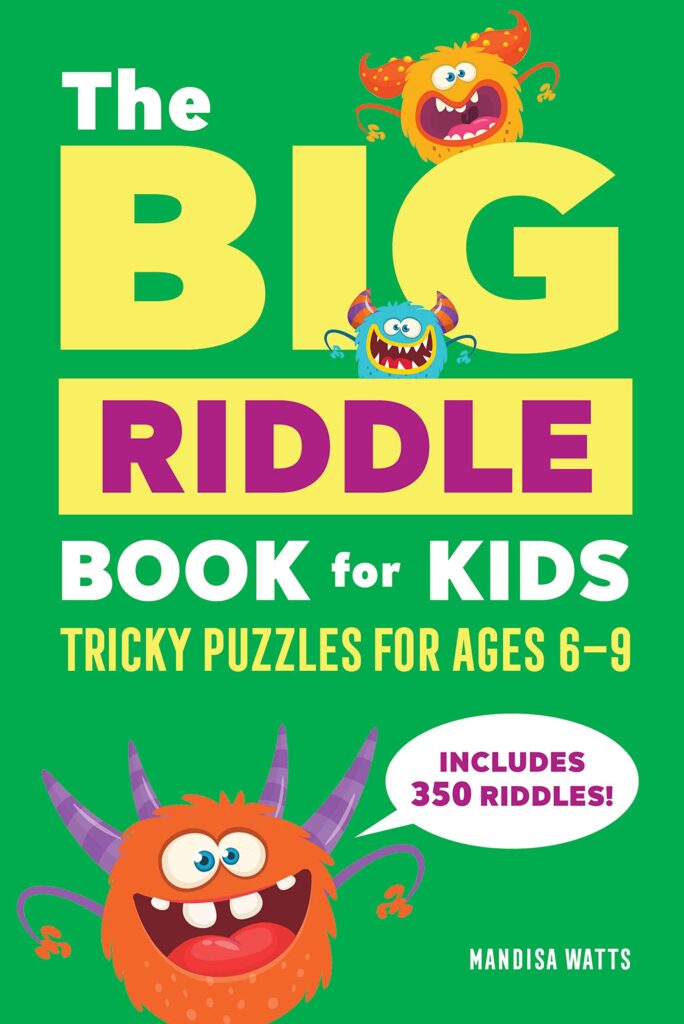
TV Show: Curious Crafting
I’m so excited to share my crafting TV show Curious Crafting which launched in July 2022 on TVOkids and TVOkids YouTube! Season 2 aired in August 2023! My show was also nominated in 2023 for Best Live Action Preschool Series by the Youth Media Alliance Awards of Excellence.
Curious Crafting Season 1 is also now airing in Australia on ABC! Watch it here!
Set in the ultimate crafting space, Curious Crafting is a short form pre-school age series about the joy of making crafts. I lead a rotating cast of adorable little preschoolers (including my own) making magic out of common household objects.
In each episode we transform recycled items into magical crafts like a milk carton school bus, paper bag puppet or cotton pad turtle. The crafters learn and laugh their way through each activity while demonstrating what their young imaginations can create.
Curious Crafting shares the adventure and joy of making art with takeaway lessons for creating crafts at home.
This show designed for toddlers and preschoolers 2.5 years old and up.
The Best Sensory Play Kits for Kids
Play is at the core of learning during the early years and it can take many forms. One of the most important of these is sensory play because it engages all of a child’s senses (taste, touch, smell, sight and hearing) and has a enoumous positive impact on brain development.
Our Sensory Play Kits are some fun and easy ways to keep your child engaged while at the same time using sensory play to nurture their mind!
Shop our ready made play kits here.
Designed for preschoolers 3 years old and up.

Valentine’s Day Scavenger Hunt for Kids
Instructions
- Print and Prepare Cards: First, download the scavenger hunt cards from our website. Print them out and cut along the borders. Each card contains a clue leading to the next one.
- Familiarize Yourself with the Clues: Before hiding them, read through all the clues and understand their corresponding hiding locations. This ensures you place them correctly and in an order that makes sense.
- Follow the Order of the Clues: Proceed to hide each card starting with the secnd card at the location described by the previous clue:
- Second Card: Hide this card near or inside the dishwasher.Third Card: Place this card where the children's shoes are kept, like a shoe rack or shoe area.Fourth Card: Hide this clue in the dining area, maybe under a chair or on the dining table.Fifth Clue Card: Place this card in the laundry room, near the washing machine or laundry basket.Sixth Card: Hide this clue in the living room, close to the TV or in a common viewing area.Seventh Card: Stick this clue on a mirror, possibly in a bathroom or a bedroom.Eighth Card: Place this clue inside the refrigerator or pantry where food is stored.Ninth Card: Hide this card in the cupboard where Tupperware or kitchen utensils are kept.Tenth Card: Place this clue in a flowerpot or near houseplants.Eleventh Card: Near where toy cars are kept.Twelfth Card: Place this clue in a bedroom, either on a bed or near it.Thirteenth Card: Hide this clue near the toaster or in a bread box in the kitchen.Fourteenth Card: Place this clue on a bookshelf or near a pile of books.
- Start with the First Clue: Hand the first card (Dishwasher clue) to your child.
- Ensure Safety and Accessibility: Make sure all the hiding spots are safe and accessible for the age group participating. For toddlers and younger kids, keep the cards within easy reach.
- Last Location: The final location should have a special Valentine's Day surprise or treat, making the end of the scavenger hunt extra special. This could be a small gift, a sweet treat, or a loving note. It can be hidden in a common family area, like the living room or family room, possibly near a family photo or a board game.


